Indira Gandhi vs Raj Narain
Indira Gandhi vs Raj Narain (1975)
1. Background of the Case
The case arose from the 1971 Lok Sabha elections in Rae Bareli constituency, Uttar Pradesh.
Indira Gandhi, then Prime Minister of India, contested the election.
Raj Narain, her opponent, challenged her election alleging corrupt practices and electoral malpractices under the Representation of People Act, 1951.
2. Allegations by Raj Narain
Raj Narain alleged that Indira Gandhi used government machinery and officials for her election campaign.
He claimed misuse of state resources and influence, which was considered a corrupt practice under Section 123(7) of the Representation of People Act.
He also accused Gandhi of exceeding election expenditure limits.
3. Trial and Judgment in the High Court
The Allahabad High Court conducted the trial.
On June 12, 1975, the High Court found Indira Gandhi guilty of electoral malpractices.
Result: Her election was declared void, and she was disqualified from holding elected office for six years.
4. Legal Provisions Invoked
Section 100 of the Representation of People Act, 1951: Grounds for declaring an election void.
Section 123(7): Definition of corrupt practice relating to the use of government employees for election purposes.
5. Appeal and the Role of the Supreme Court
Indira Gandhi appealed to the Supreme Court of India.
The Supreme Court granted a conditional stay on the order, allowing her to continue as Prime Minister during the appeal.
However, the political impact was immense.
6. Political Aftermath
The verdict led to widespread political turmoil.
On June 25, 1975, Indira Gandhi declared a national Emergency citing internal disturbances.
Fundamental rights were suspended, press censorship imposed, and political opponents arrested.
Emergency lasted till March 1977.
7. Legal and Constitutional Significance
a. Judicial Review and Electoral Integrity
The case emphasized that even the Prime Minister is not above the law.
The judiciary asserted its power to scrutinize elections and ensure free and fair polls.
Electoral malpractices would attract strict legal consequences.
b. Misuse of Government Machinery
The verdict clarified that use of official machinery or government employees in electioneering amounts to corrupt practice.
It reinforced electoral fairness as a constitutional mandate.
c. Emergency and Its Aftermath
The case indirectly led to the imposition of the Emergency.
Post-Emergency, the 44th Amendment (1978) was enacted to restrict emergency powers and safeguard democracy.
8. Related Case Law and Amendments
(i) Kesavananda Bharati v. State of Kerala (1973)
Preceding the Indira Gandhi case, this landmark judgment established the Basic Structure Doctrine.
Although not directly related, it provided the judiciary a framework to safeguard constitutional governance.
(ii) Minerva Mills Ltd. v. Union of India (1980)
Post-Emergency case emphasizing the importance of constitutional morality.
Reinforced that parliamentary amendments cannot alter the Constitution’s basic structure, indirectly safeguarding electoral processes.
9. Summary of Key Points
| Aspect | Details |
|---|---|
| Parties | Indira Gandhi (PM) vs Raj Narain (Opponent) |
| Issue | Alleged electoral malpractices in 1971 election |
| Law Involved | Representation of People Act, 1951 |
| High Court Verdict | Election declared void; disqualification for 6 years |
| Supreme Court | Granted conditional stay; appeal pending |
| Political Outcome | Imposition of Emergency (June 25, 1975) |
| Legal Impact | Reinforced judicial scrutiny of elections; PM not above law |
10. Conclusion
The Indira Gandhi vs Raj Narain case is a landmark in Indian constitutional and electoral jurisprudence. It stands as a strong assertion of the rule of law, judicial independence, and the principle that no one, including the Prime Minister, is above the law.
The case’s political and legal fallout shaped India’s democratic processes, leading to reforms safeguarding electoral integrity and limiting arbitrary use of executive powers.



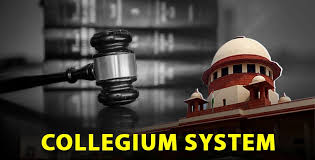
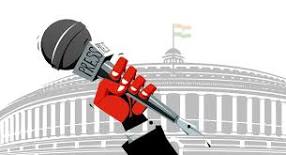


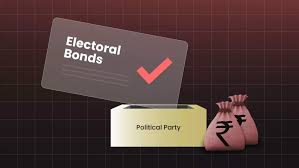
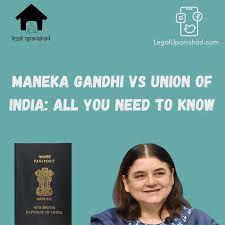
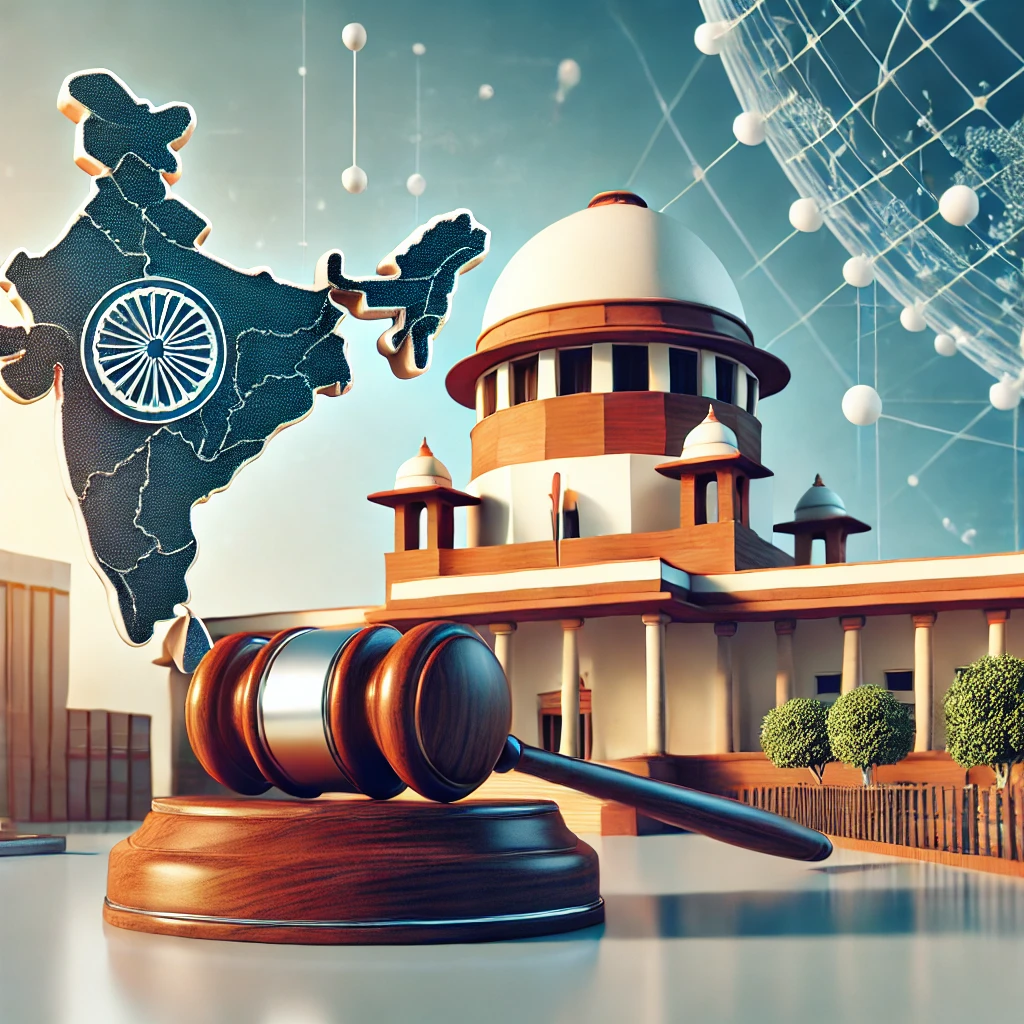
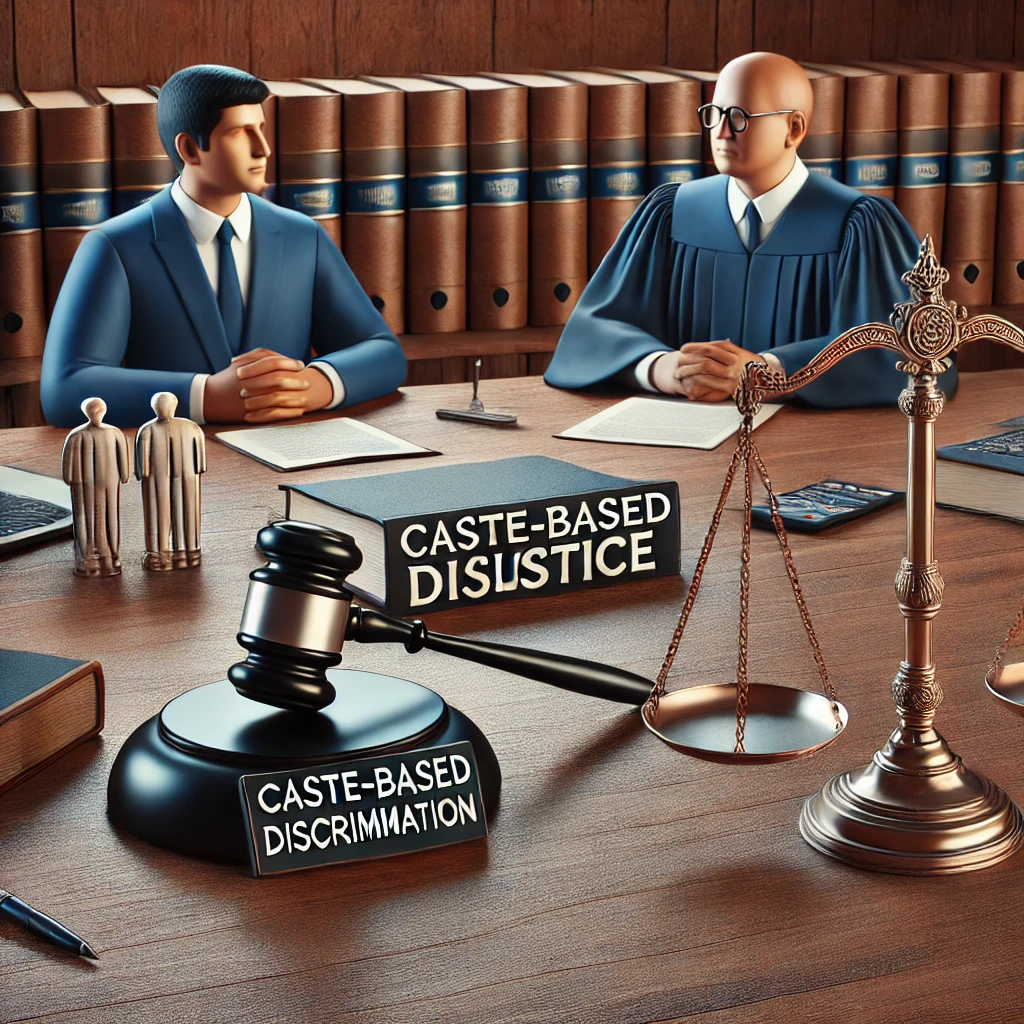
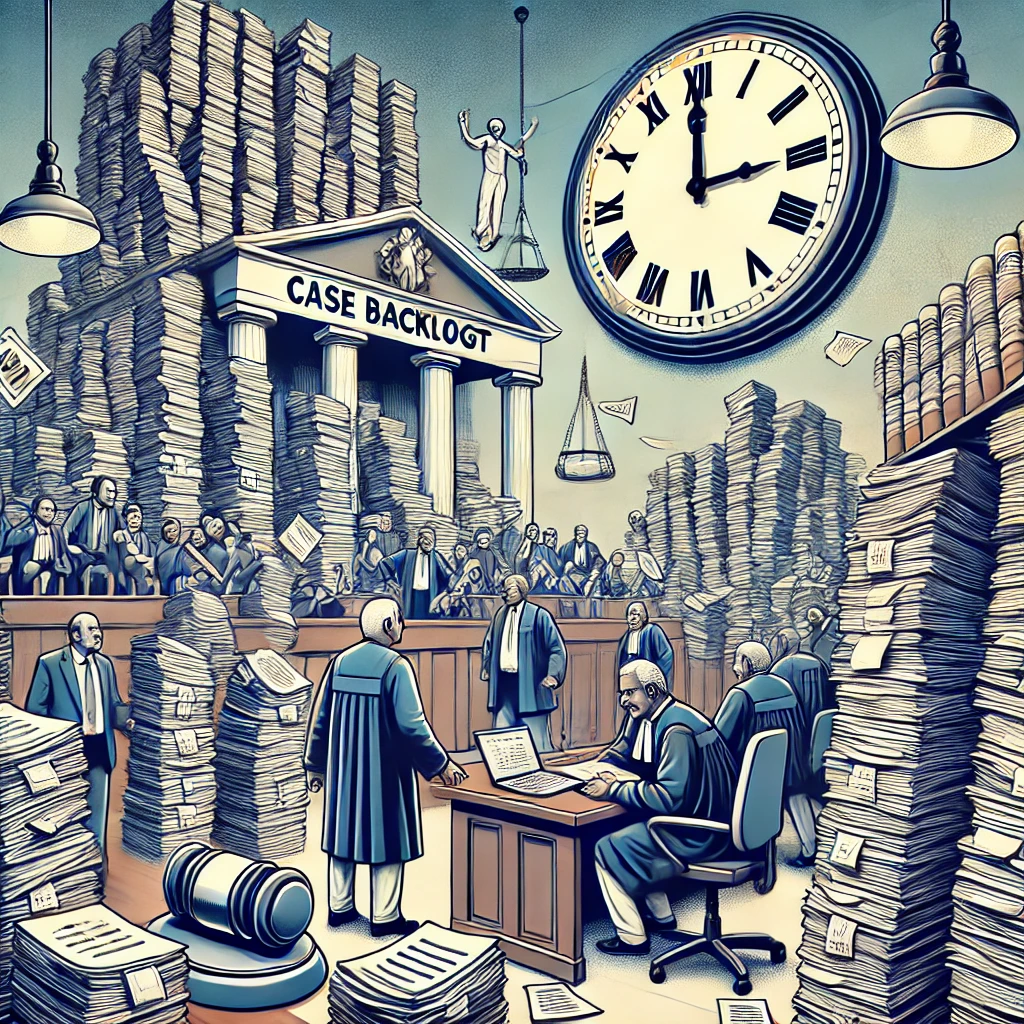



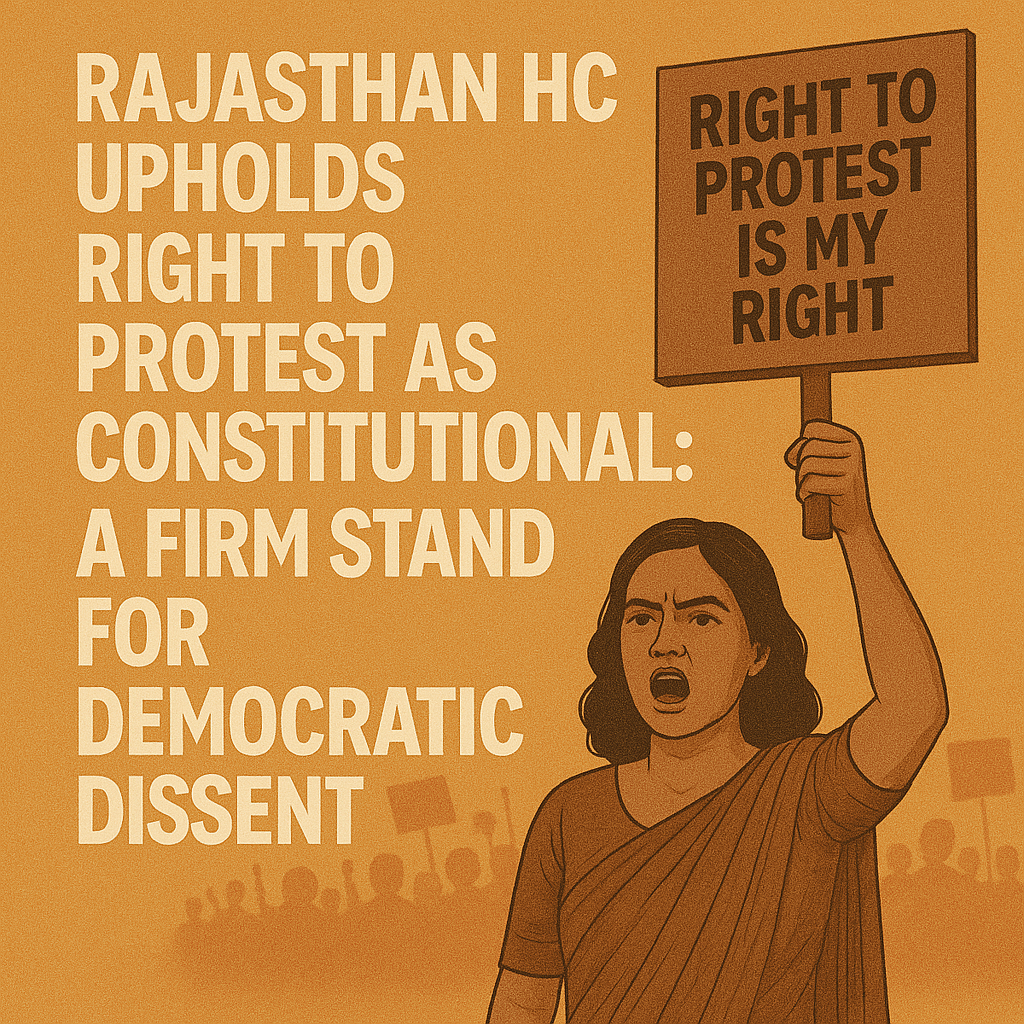
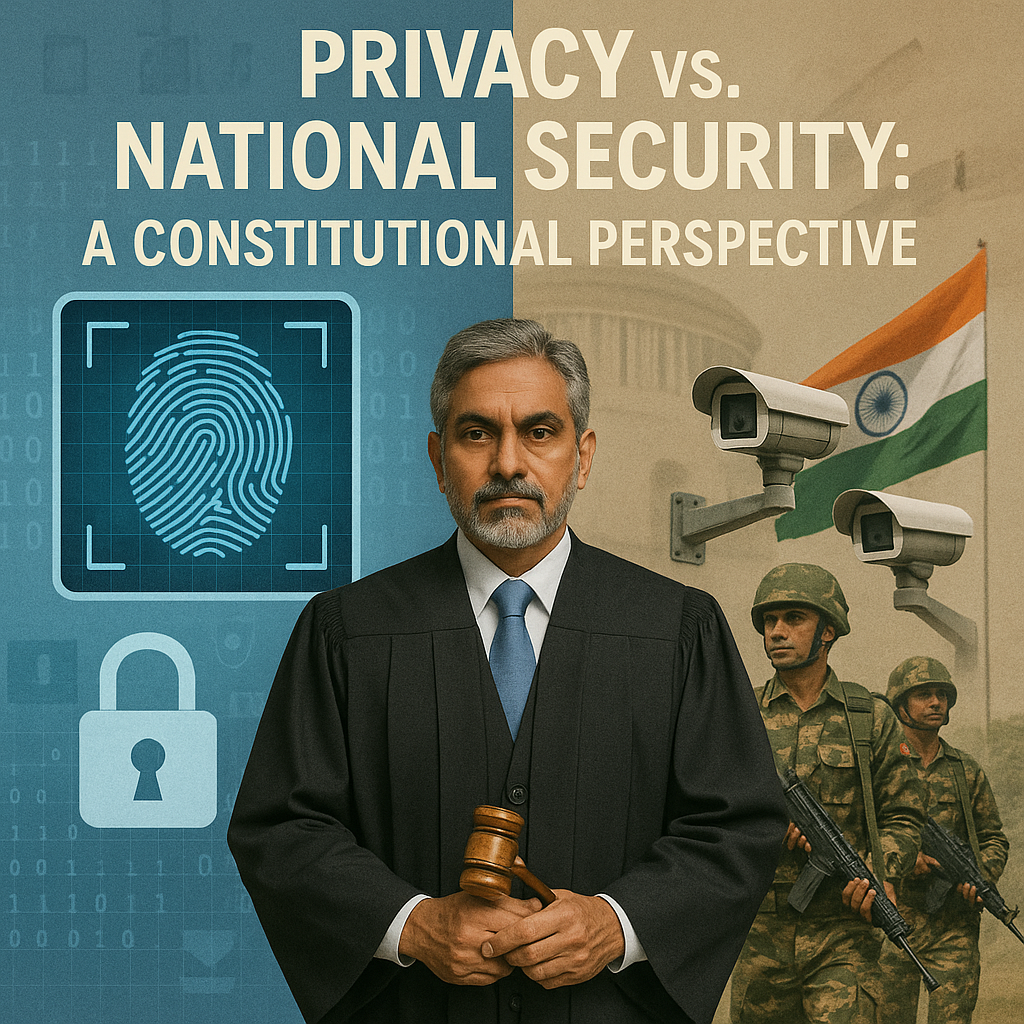

0 comments